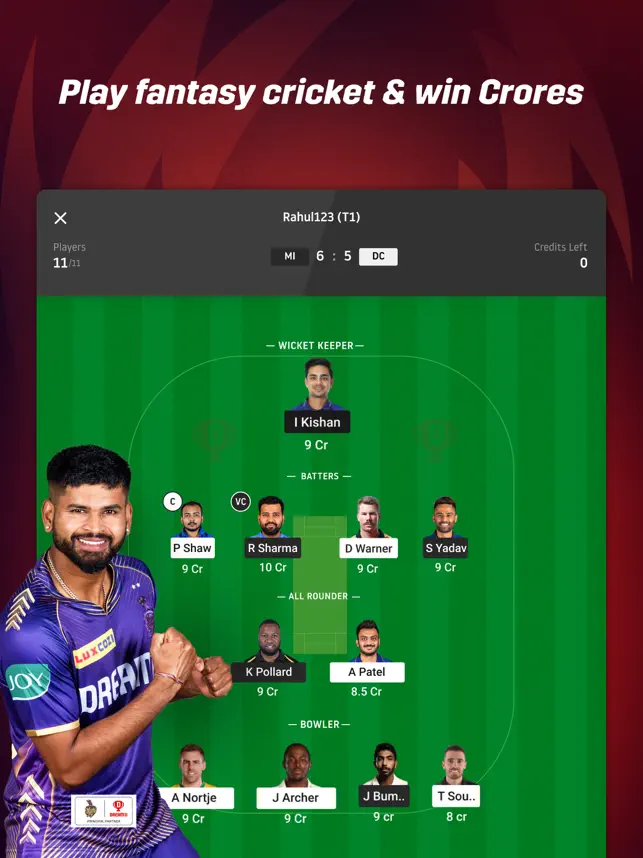Are you new in influencer marketing? Perhaps you’ve tried influencer marketing before and didn’t get the results that you expected. If so, don’t worry. We’ll help you navigate this $13.8 billion industry.
It is important to first understand the role of influencers in influencer marketing. There are many types, from a nano influencer who has a few thousand followers all the way to a KOL key opinion leader. Not sure exactly what these terms refer to? Keep reading to find all the details.
Influencers – all you need to know
Influencers are people that influence others using social media. Influencers may introduce brands, services, or products to the certain segments of consumers that follow them.
If we think of influencers, most of us will most likely picture digital nomads or fashionistas. However, there are influencers from all industries. Sports, electronics, food, cars, you name it.
There are influencers on all major social media networks available to help you market your campaigns too. YouTube, Instagram, YouTube and TikTok influencers are the most talked-about right now. However, Twitch is also making inroads in the influencer marketing market. And do not discount networks like Twitter and LinkedIn.
It is possible to sort influencers by their tier (or number of followers), which affects how much they’ll charge for their services. Let’s have a brief look at each influencer tier.
Nano influencers: 1-5K followers
They have the smallest followings, but the highest engagement rates of any influencers in the industry. They are very relatable to followers, who trust them and their authentic opinions. You can send them some products for free in exchange for them sharing their content about your brand on social media.
Micro influencers: 5-50K followers
Micro influencers are very similar to nano influencers. They have high engagement rates and trusting audience members who view them as experts in their fields. Sometimes, they’ll collaborate to provide products for free. At other times, they might ask for a small payment. They offer a high ROI and are therefore a popular choice for influencer marketers.
Medium influencers: 50-100K followers
Medium influencers are influencers who are starting to go pro. They might leave their jobs to start influencing full time. Some might hire managers. So while influencers get more professional in this tier, fees will also increase as a result of these changes. You can expect to pay higher for increased reach.
Macro influencers: 100K-1M followers
Engagement rate begins to decrease at the Macro-level. It becomes more difficult to manage larger audiences in a personal and consistent manner. Although you are getting more exposure to people, it is important to understand that not all followers will be laser-focused on macro influences’ content.
Mega influencers: 1M+ followers
Celebrities is another way to say mega influencers. Although they can help you get your brand seen by as many people as possible, they’re not as credible in the eyes of consumers. Their frequent branded content and seemingly perfect lives make them less relatable, and consumers therefore might not trust their opinions as much as they trust those of nano and micro influencers.
KOLs – All you need to know
KOLs (key opinion leaders) are like uber influencers. KOLs and influencers differ in that influencers use social media to broadcast their opinions, while KOLs have access to other channels beyond social media.
Another difference between influencers and KOLs is the level of credentials needed. A beauty influencer, for instance, doesn’t need any specific education or experience to get started. You don’t have to have any specific qualifications. Instead, you can succeed with passion, creativity, and drive alone.
KOLs have often had a lot of education and experience in their chosen industry. Rand Fishkin is an example of a leading key opinion leader in the marketing field. He is also the founder and CEO of Moz. Moz is one of the most important SEO tools on the market, so it’s safe to assume that he knows what he’s talking about, given all of his experience founding and running this type of company.
KOLs have the potential to make a big impact on your campaign. But it can be difficult to reach them. Make sure you only reach out to KOLs who are very closely aligned with your brand and products. And forget about generic pitches; make sure you send them personalized communications if you want to get their attention. If you can get a KOL to your niche you can expect a positive lift.
What to do when working with either
You should do the following regardless of whether you work with influencers and KOLs.
Analyze their social media performance or channel performance
You want your future collaborators to be authentic. Marketers often face the issue of influencer fraud, and you want to avoid that.
It is important to carefully examine the stats of an influencer, including follower growth and engagement rate, audience demographics, authenticity, and authenticity. If something appears suspicious, you can ask for additional information.
With KOLs, you might want to take a look at their performance on social media and other channels depending on where they are most visible and where you plan on launching the campaign. For example, if you want to work with Oprah but launch a campaign on Instagram, examine her Insta profile.
Give them creative freedom
Influencers need the freedom to create, regardless of their follower count. They have developed their audience and are able to best communicate with their followers. So let them do this! If you tamper too much with how an influencer shares your brand’s message, followers will notice that the collaboration isn’t authentic.
But when you do have publication guidelines, be sure to communicate them during negotiations. Explain the deadlines and what you want the influencer to emphasize about your product. Make sure to let influencers know what hashtags or mentions you’d like them to use in their content.
Decide whether you need a contractual agreement
An influencer contract is not necessary for every collaboration. If you are only offering free products to influencers, then a contract is not necessary. In these cases, it is fine to summarize the collaboration via email or in a briefing so that everyone has a reference point if needed later on.
Contracts are essential when you pay influencers money. You may have a provision-of-services contract in place at your organization that you can modify. If not, you can download an influencer contract template and customize it for your particular collaboration.
Conclusion
It is crucial to select the right influencers for influencer marketing campaigns. Hopefully, you now have a better understanding of the influencer tiers as well as the difference between KOLs and influencers. Now, when it comes time to find influencers, you can make the right decision for your brand.
My name is Sardar Ayaz a professional content writer and SEO expert having Proven record of excellent writing demonstrated in a professional portfolio Impeccable grasp of the English language, including idioms and current trends in slang and expressions. I have ability to work independently with little or no daily supervision with strong interpersonal skills and willingness to communicate with clients, colleagues, and management.
I can produce well-researched content for publication online and in print, organize writing schedules to complete drafts of content or finished projects within deadlines. I have 12 years’ experience to develop related content for multiple platforms, such as websites, email marketing, product descriptions, videos, and blogs.
I use search engine optimization (SEO) strategies in writing to maximize the online visibility of a website in search results











